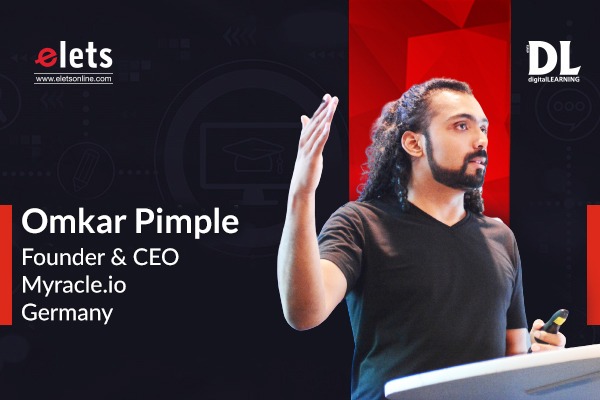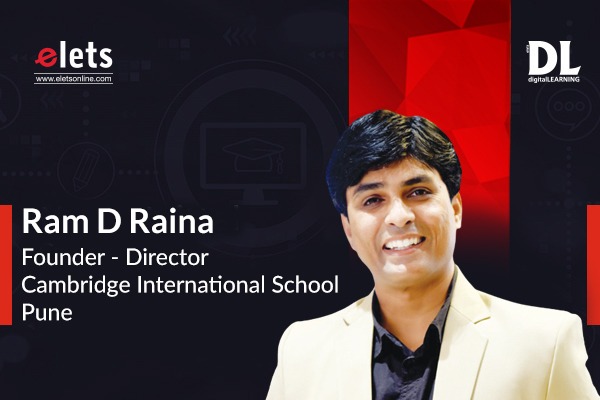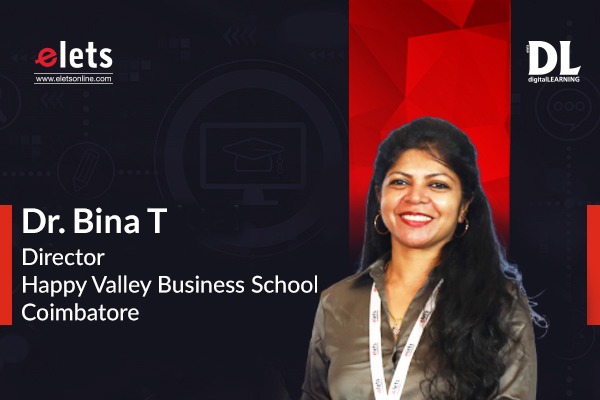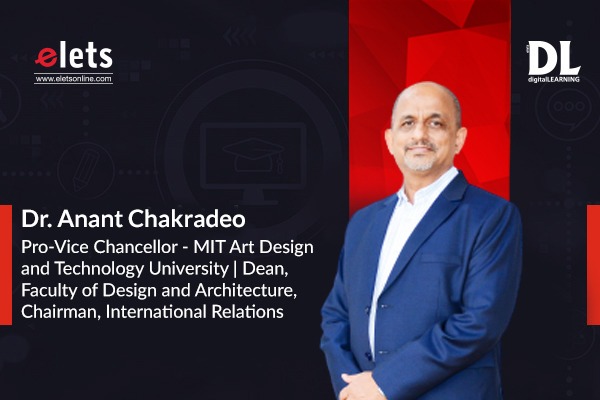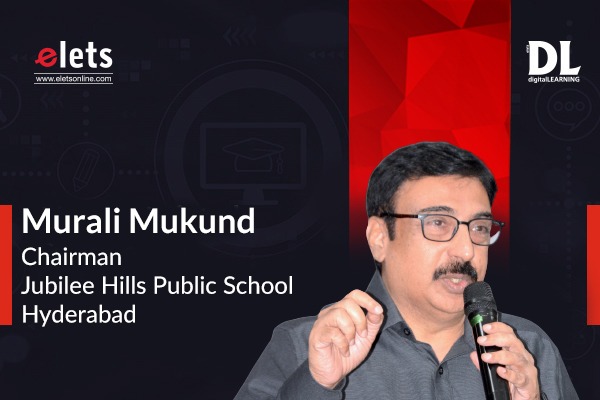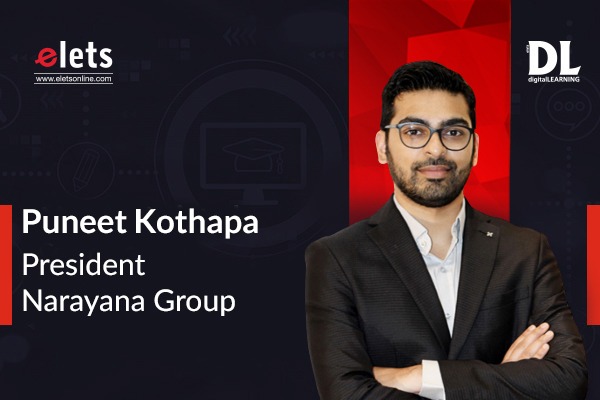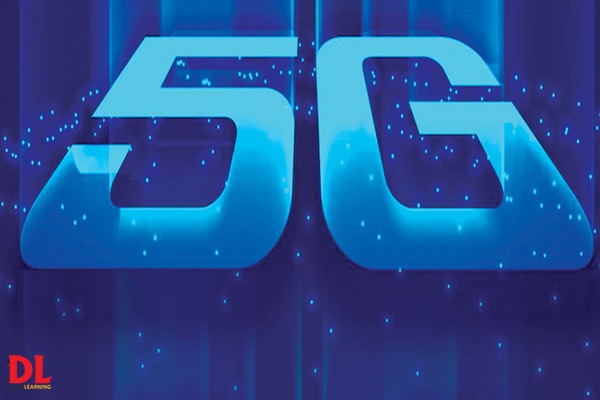The education space is transforming from ‘memorization’ to ‘memorable’ and technology is playing a mega role in executing this transformation. Technologies like Extended Reality and Artificial Intelligence are making a new space for learning experiences and changing the way students used to learn traditionally. To delineate more on the technology implementation in the paradigm of knowledge sharing, Omkar Pimple, Founder & CEO, Myracle.io, Germany interacted with Sheeba Chauhan of Elets News Network. Edited excerpts:
With such a diverse experience in sectors of education, banking, health and more. How has been your journey so far and what were the hurdles you faced on your path in achieving the milestones of your career?
I’ve been fortunate to be on an insightful journey on the leading edge of technological transformation across all of these different domains – education, fintech, health, food tech, e-commerce, fashion-tech, real estate, logistics across Europe and India.
Every domain has unique challenges. At the same time, there are uncanny similarities among, for example, fintech, health, and education. All 3 deal with sensitive data, are regulated domains, and have a large-scale positive impact if you get things right – or a negative impact if you don’t!
I’ve had the opportunity to draw parallels between these different domains, and forge strong human connections to enable cross-disciplinary collaboration.
Of course, all of these things don’t come together easily, and there have been plenty of uphill battles. Personal and professional challenges, macro factors like pandemics, economic downturns, and wars, all can act as headwinds for a long journey.
Despite these factors, today our team combines 100+ years of global perspectives on immersive technology, education, & learning science to unlock learning by doing in the real world, with a stellar background from leadership at Harvard, Stanford, Humboldt, and the Government of India.
What was your vision behind starting Myracle. io?
When the pandemic hit, we originally started with building a remote exam management platform. Not only were we able to conduct assessments in the remotest homes of India, we were also able to capture comprehensive evidence about the candidate’s environment, and the candidate’s behaviour during the assessment. All of this, through everyday mobile devices.
But what we saw shocked us. We found that 3 out of 5 students were engaging in malpractices, and in some cases, their parents & friends were helping them cheat during exams!
After speaking to hundreds of students, educators, and parents, we realised that loss of academic integrity is a symptomatic problem. but the underlying cause for this alarming trend is the loss of learner engagement.
And that is when we decided to use our mobile technology to transform the environment around you into experiential learning activities, that empowers learners to learn by doing in the real world around them.
We do this by blending realities, and that is where Myracle comes from – Miracle – Mixed Reality Active Learning Experiences.
You are working towards transforming education from ‘memorization’ to ‘memorable’. What is your execution plan to make this work?
There is plenty of research from the learning science community that posits that education needs to be engaging to be memorable, and it needs to be appropriately stimulating to engage the learner effectively.
Active learning – specifically, learning by doing in the real world – stimulates visual, auditory, haptic, and kinaesthetic senses, making it the most superior form of learning.
But it is incredibly difficult to scale even for moderately large numbers, due to bottlenecks in infrastructure, equipment, and personnel.
Myracle.io addresses both of these crucial challenges – learner engagement and the infrastructure gap – by transforming homes and classrooms into interactive exhibitions and STEM labs.
We make this magical technology accessible to every learner through everyday mobile devices and tablets, with or without internet connectivity, wherever they are.
Any kind of transformation begins with people – and we want to take all stakeholders – learners as well as educators – together with us.
Extended reality is playing a major role in bringing experiential learning to the real world. How are you using it for your company?
Physical reality is beautiful, and we don’t want to replace it. Rather, our vision is to enhance it by adding what is missing. At the intersection of realities is where things really start to become interesting. The learner gets to participate in creating the learning experience, because they choose the environment. Learners improve their confidence with complex concepts and procedures by practising, experimenting, and making mistakes safely in their own safe spaces; before they step into a physical STEM lab. This way, they are empowered to make the best of the precious little time they get in physical labs.
And we have seen great results with it! In Myracle-powered classrooms, students have reported significantly heightened understanding levels for complex topics. Most importantly, a majority of the students eagerly wanted to learn how to create such learning experiences with us, which was a serendipitous surprise!
We have grown in an era where books were the only medium of learning. Education today is evolving, what are the top technologies that can metamorphose traditional education into the digital world of education?
The biggest challenge as humans of today is to stay updated with the constantly changing understanding of the universe around us. Rapid evolvability comes first, and then comes rapid evolution.
Books do have their charm, but once printed, books take years to be updated and reprinted, while our knowledge about the world changes everyday. Depending on the book, there is a finite likelihood that it may contain outdated knowledge by the time it is out of the printing press.
Books inherently do not possess rapid evolvability. Having said that, most digital content – even with its inherent rapid evolvability – rarely evolves on a regular basis, if at all.
As XR (eXtended Reality) and AI (Artificial Intelligence) pioneers since the last 10 years, we definitely see data science-infused XR play a crucial role in this metamorphosis.
The education world is massively vouching for NEP, what are your thoughts on it?
The NEP portrays a broad and ambitious vision about education for 2030. There are many ideas in the NEP that are open to interpretation, but I perceive these 4 points as its most important goals:
1. Equitable and accessible education for all
2. Effective upskilling for hands-on skills
3. Affordable lifelong learning for learners and educators
4. Enhanced system observability for continuous evolution
With our approach to unlocking learning by doing in the real world to make education memorable, with a way to keep it evolving continuously, made possible with our human-centric technology, we are very closely aligned with what the NEP proposes for the next decade.
What is your expansion plan for the year 2023?
2023 will see us expanding our bouquet of learning experiences offered on Myracle, alongside a steadily growing base of loyal users who are shaping Myracle together with us.
We are also forging long term alliances with forward thinking educational institutions who are eager to lead the next chapter in how we transmit knowledge as a species.
We welcome all visionary organisations, communities, and people to join hands with us on this endeavour through 2023 and beyond!
For more details, kindly visit- https://www.myracle.io/









